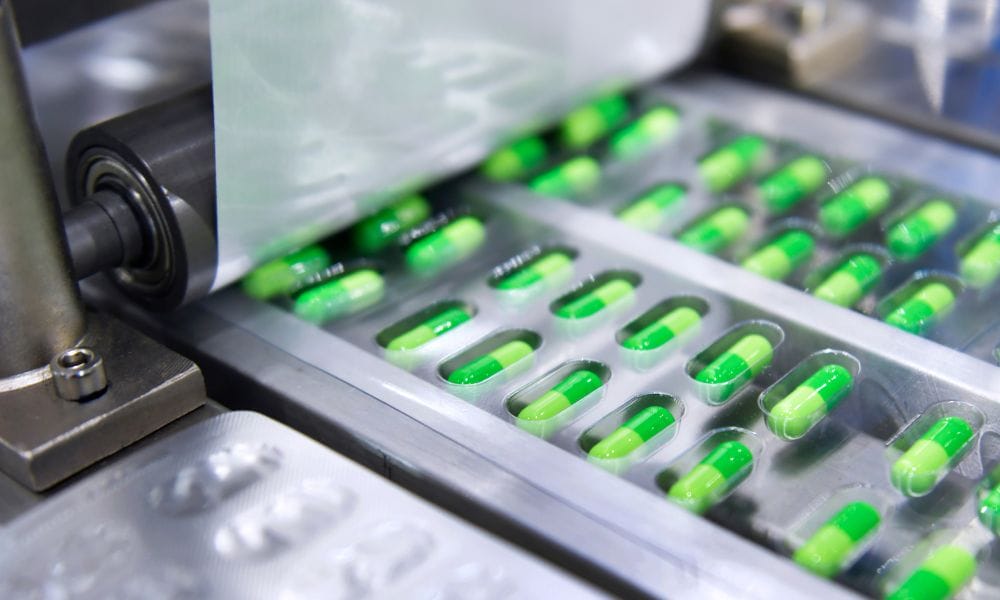Drug manufacturers can’t overlook safety considerations for producing medicine because it impacts drug quality and safety. No consumer wants to take unsafe medications, nor do companies want to produce bad products. It’s important to keep some things in mind while producing medications.
Follow Basic Laboratory Safety
The Occupational Safety and Health Administration (OSHA) provides detailed guidelines on laboratory safety. Some of the requirements include wearing lab coats and eye protection, maintaining a clean workspace, frequently washing hands, and correctly labeling containers.
Though the safety standards apply to all lab settings, professionals can alter rules to adhere to pharmaceutical applications. For example, some labs require powered air-purifying respirators (PAPR) to avoid chemical inhalation.
Know Chemical Storage Practices
All laboratories must follow general storage procedures to ensure proper organization. In fact, a part of modern chemical storage practices includes identifiable storage. Depending on the substance, each chemical requires a specific facility.
The facilities are shelves, ventilated cabinets, fridges/freezers, and flammable solvent cabinets. The areas have features that minimize spills, maintain internal temperature, and prevent volatile reactions.
Professionals must evaluate pharmaceuticals to ensure compatible storage. This way, they don’t affect drug quality.
Be Mindful of Product Purity
Proper transfer of powders is critical for product purity in the pharmaceutical manufacturing process. Scientists should rely on an efficient transfer and containment system for powders. A mistake that manufacturers often make is adapting a system made to transfer liquids and use it for powders. This is why some companies achieve poor results.
Document Everything
Each drug requires documentation of the manufacturing process. This safety consideration for producing medicine serves as a reference if hazards arise. Scientists can determine what to change in their process to eliminate bad reactions. Furthermore, they must keep documentation so that manufacturers follow processes the same way each time.
For future research or development, a thorough description of the manufacturing process can include specific instructions to avoid unsafe protocol.
Have a Process for Substance Handling
Substance handling is dangerous due to the risk of fires, explosions, and the release of harmful toxins. In the past, people dumped powders and chemicals out of buckets into trash cans. This messy and inefficient disposal method led to toxic ingredient exposure. Luckily, modern practices minimize this issue.
Manufacturers must wear Personal Protective Equipment (PPE) like gloves, coats, and eye protection to avoid direct contact with unsafe materials. Labs dispose of chemical waste through their EHS Hazardous Waste Program. If problems arise, labs have emergency safety showers and eyewash stations to provide decontamination.








